Nofima’s BlueCC examining bycatch species and byproducts like crustacean shells for biopolymers
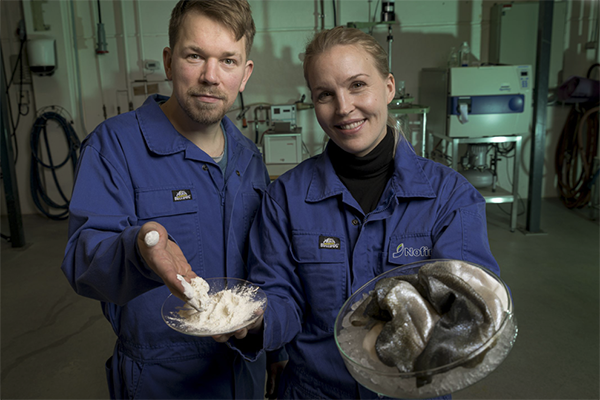
BlueCC, a project led by Norwegian food research institute Nofima, is developing ways to use undervalued and invasive species to manufacture consumer products like cosmetics and dietary supplements.
Researchers at BlueCC are extracting biopolymers like collagen and chitosan from bycatch species as well as invasive species harvested in European fisheries, citing a collagen market worth more than $8 billion. Lumpfish, starfish and jellyfish may become valuable sources of collagen, while chitosan is extracted from the shells of crustaceans like shrimp and crab.
“We have taken a more consumer-driven approach to this research. This means that we are conducting surveys to identify consumer demand and can adjust our research accordingly,” said Nofima’s Runar Gjerp Solstad, who leads the project from Nofima in Tromsø, Norway. “We will then try to extract collagen and chitin from marine co-products using more sustainable methods,” which he explained typically involves the use of acids or alkalis to extract the raw material.
BlueCC has eight partners from six different countries and has been allocated funding of €2 million from the BlueBio Cofund. Seven academic partners and a Norwegian industrial partner are part of the project, which runs until next year.
“Right now we are looking at using a special strain of bacteria for extraction purposes,” said Solstad, adding that it is from research partner IME Fraunhofer in Germany. “We are going to find new methods for turning marine residual raw materials into prototypes for new and eco-friendly products. We believe that pushing oneself to explore something new is valuable in itself.”
Follow the Advocate on Twitter @GSA_Advocate
Now that you've reached the end of the article ...
… please consider supporting GSA’s mission to advance responsible seafood practices through education, advocacy and third-party assurances. The Advocate aims to document the evolution of responsible seafood practices and share the expansive knowledge of our vast network of contributors.
By becoming a Global Seafood Alliance member, you’re ensuring that all of the pre-competitive work we do through member benefits, resources and events can continue. Individual membership costs just $50 a year.
Not a GSA member? Join us.
Author
Related Posts
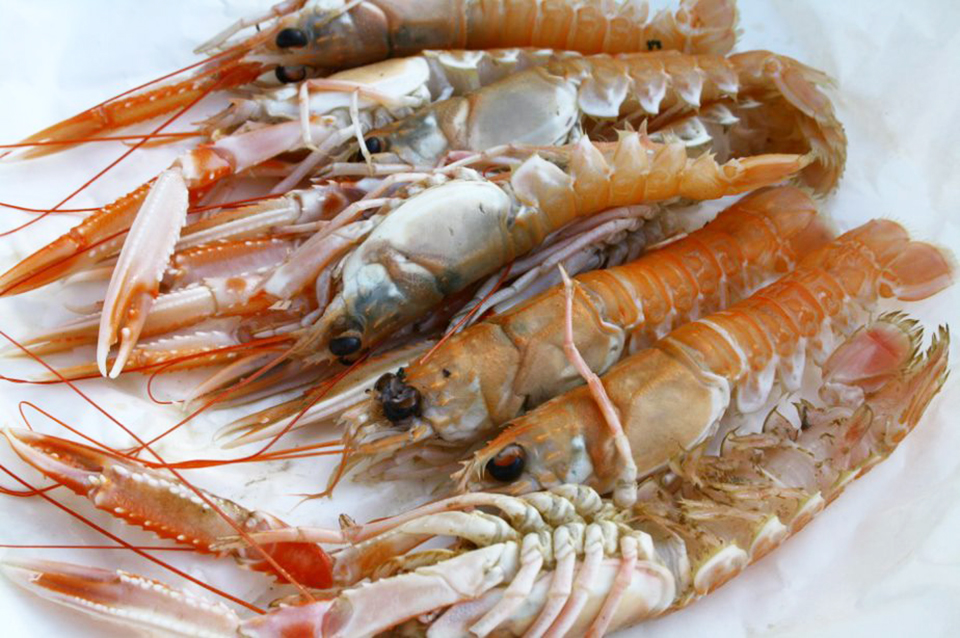
Innovation & Investment
Plastic 2.Ocean: Seafood packaging, made from shellfish
A new type of chitosan-based bioplastic, made from shellfish shells, emerges as a potential solution for global food waste and marine plastic pollution.
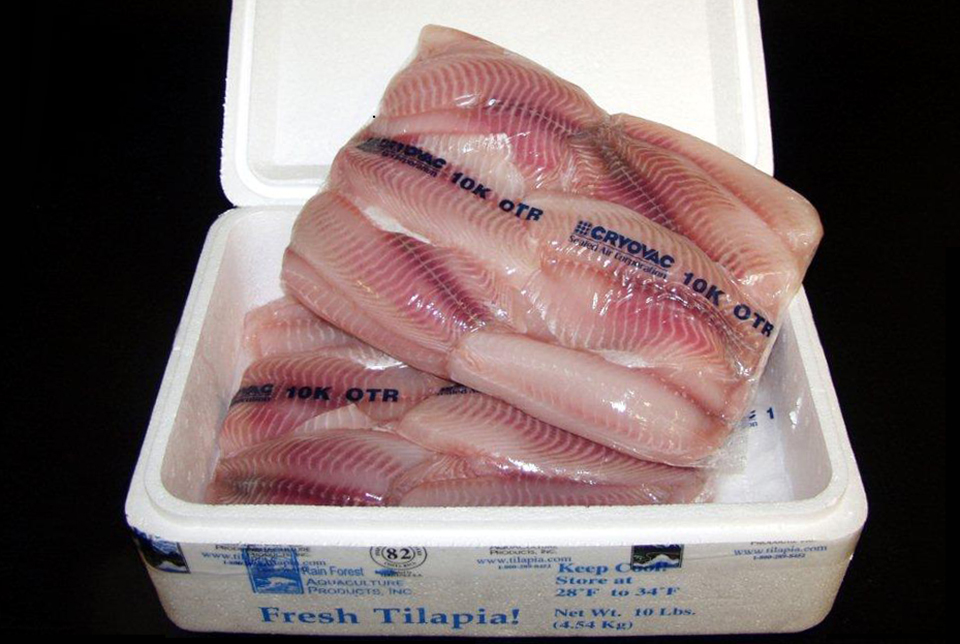
Intelligence
An examination of seafood packaging
Some substances can migrate from plastics and other seafood packaging materials into the product. Even if the substances are not harmful, they can affect the flavor and acceptability of the food.
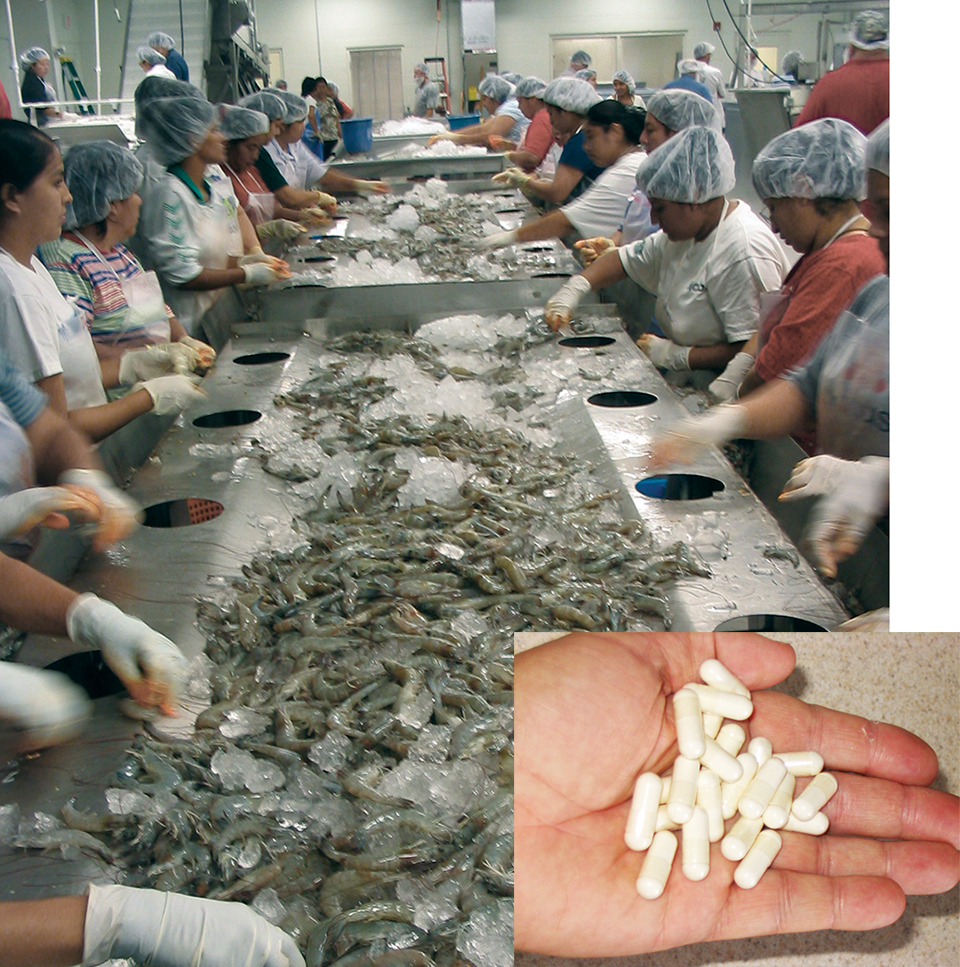
Intelligence
Shrimp processing byproducts find many uses
Shrimp processing byproducts are constructively used in shrimp or fish feeds, livestock feeds and plant fertilizer. Chitin from shrimp exoskeletons is used in bandages and varied cosmetic products.
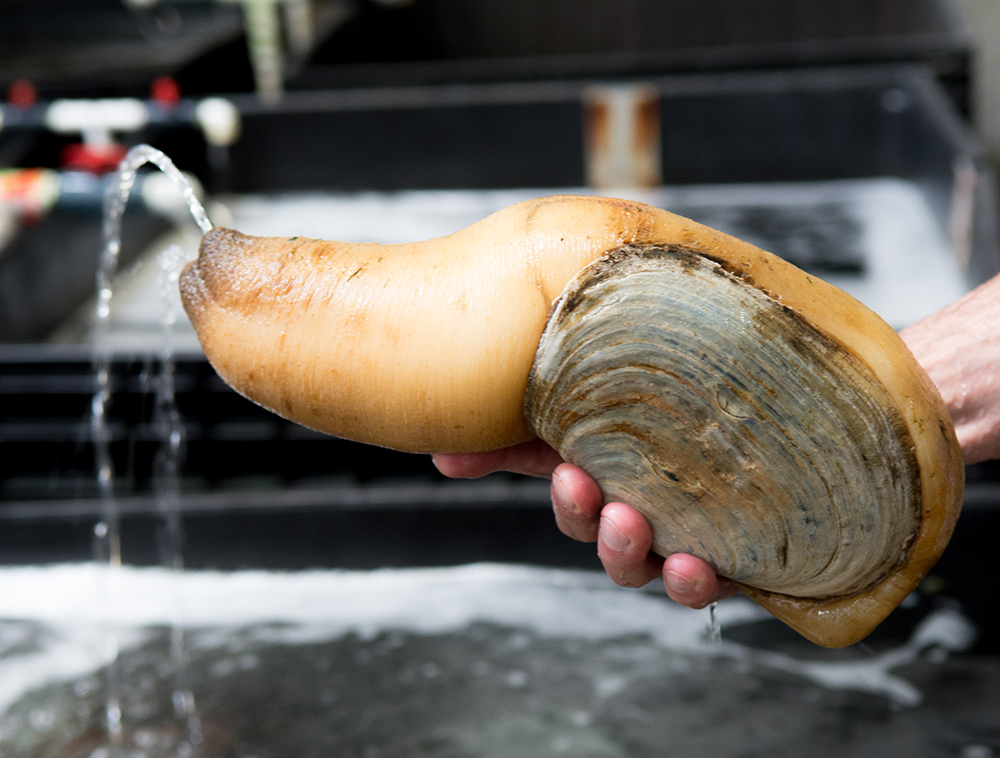
Intelligence
Despite Seafood Watch downgrade, few market changes for geoducks
A rating change for Pacific geoducks farmed in Washington state and British Columbia surprised and confused many in the field, since it’s a segment of the industry generally considered sensitive to sustainability issues.



